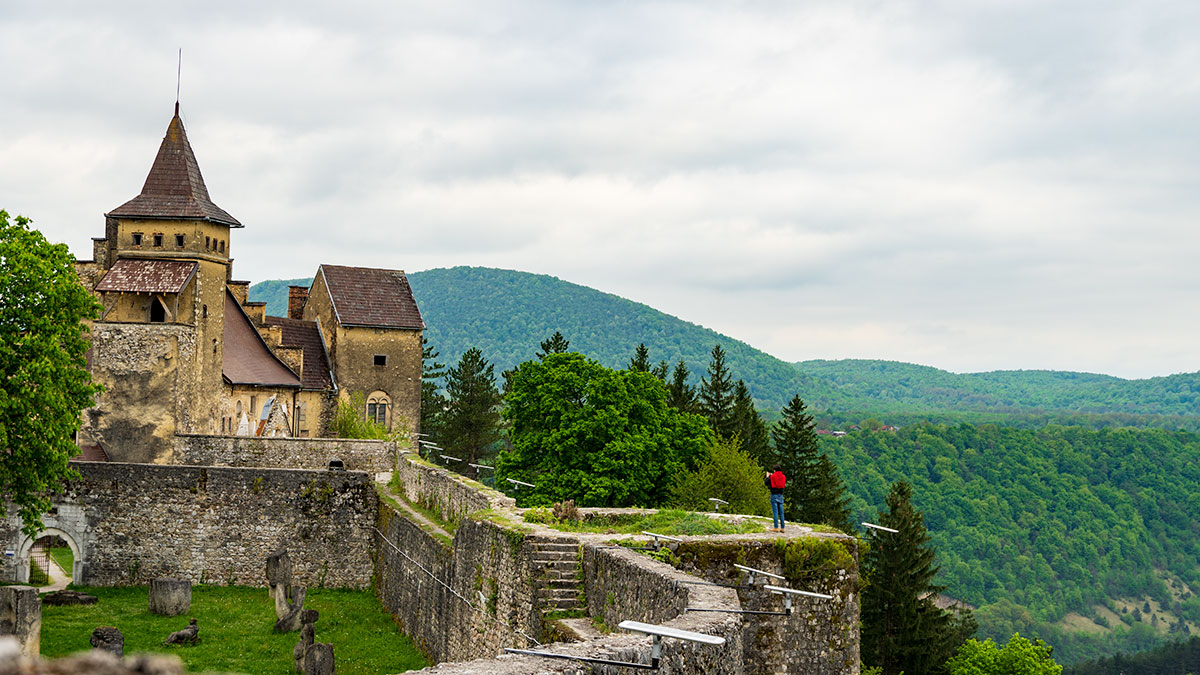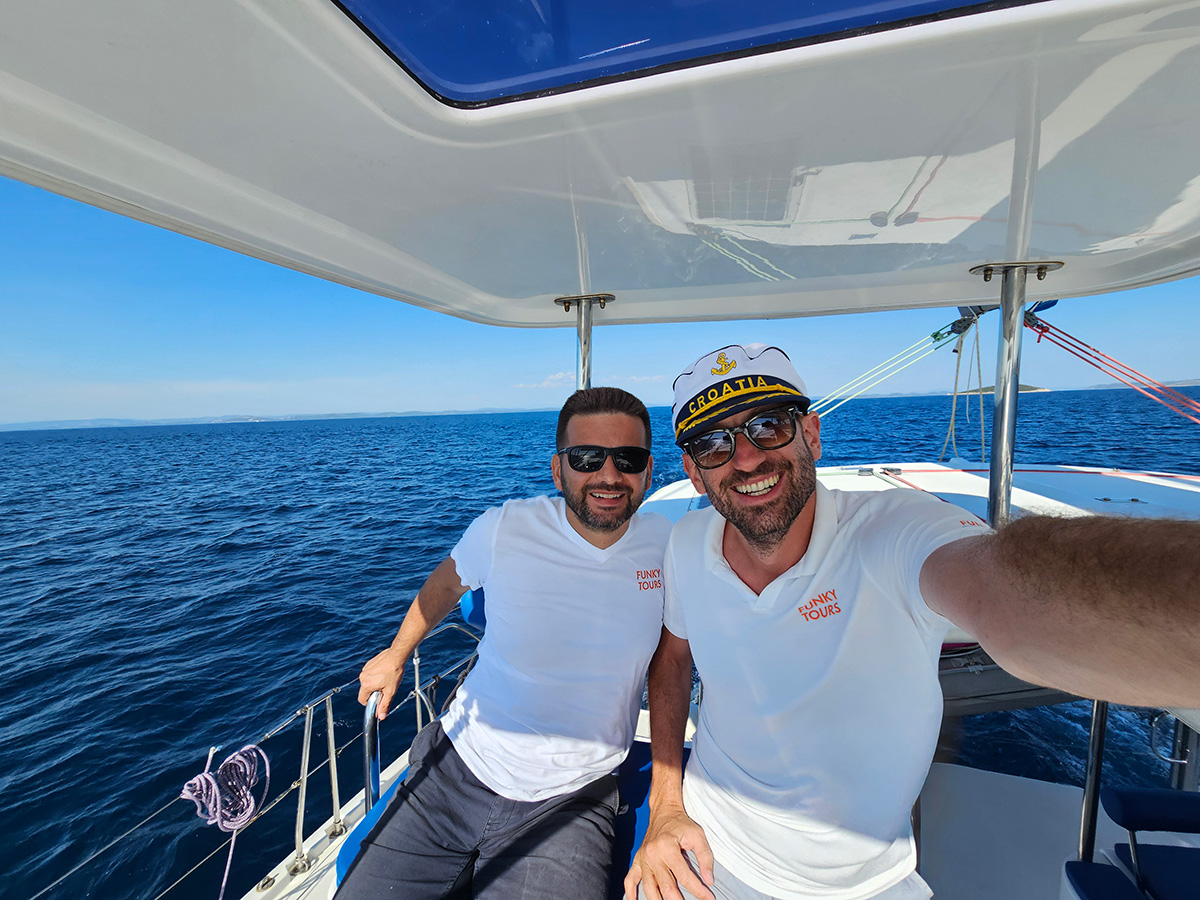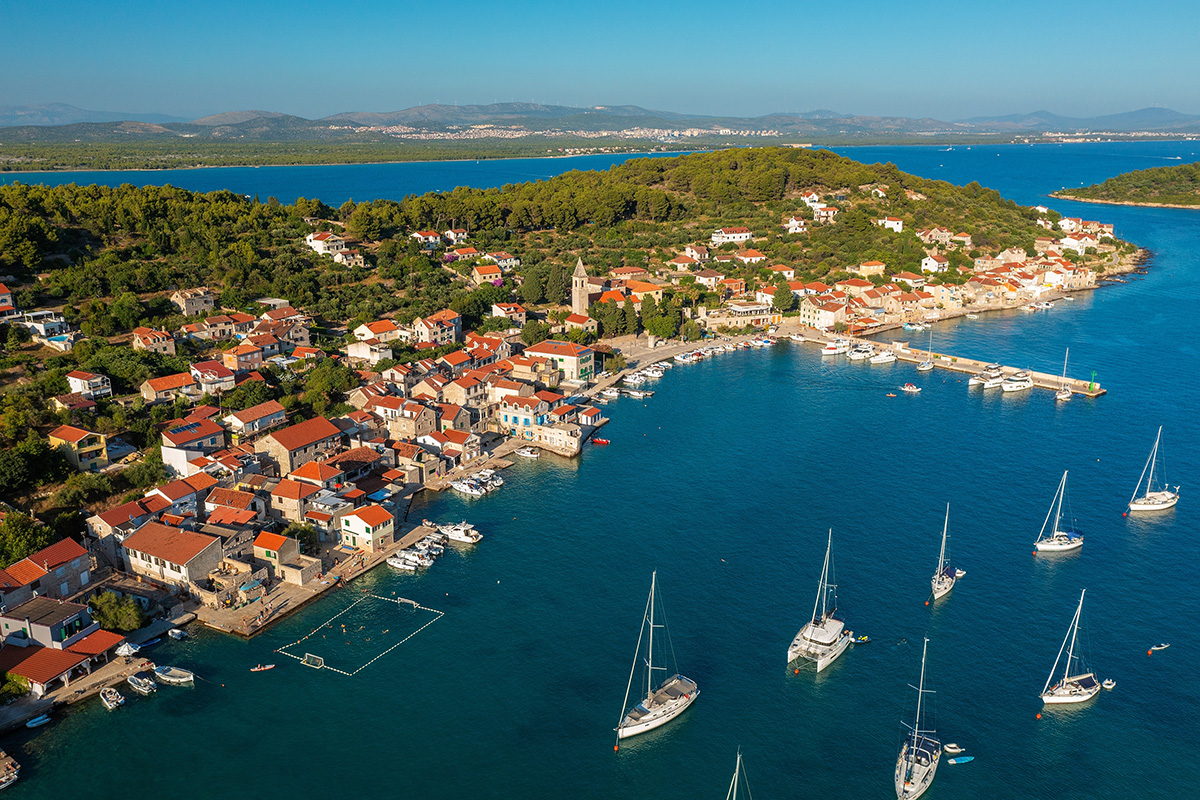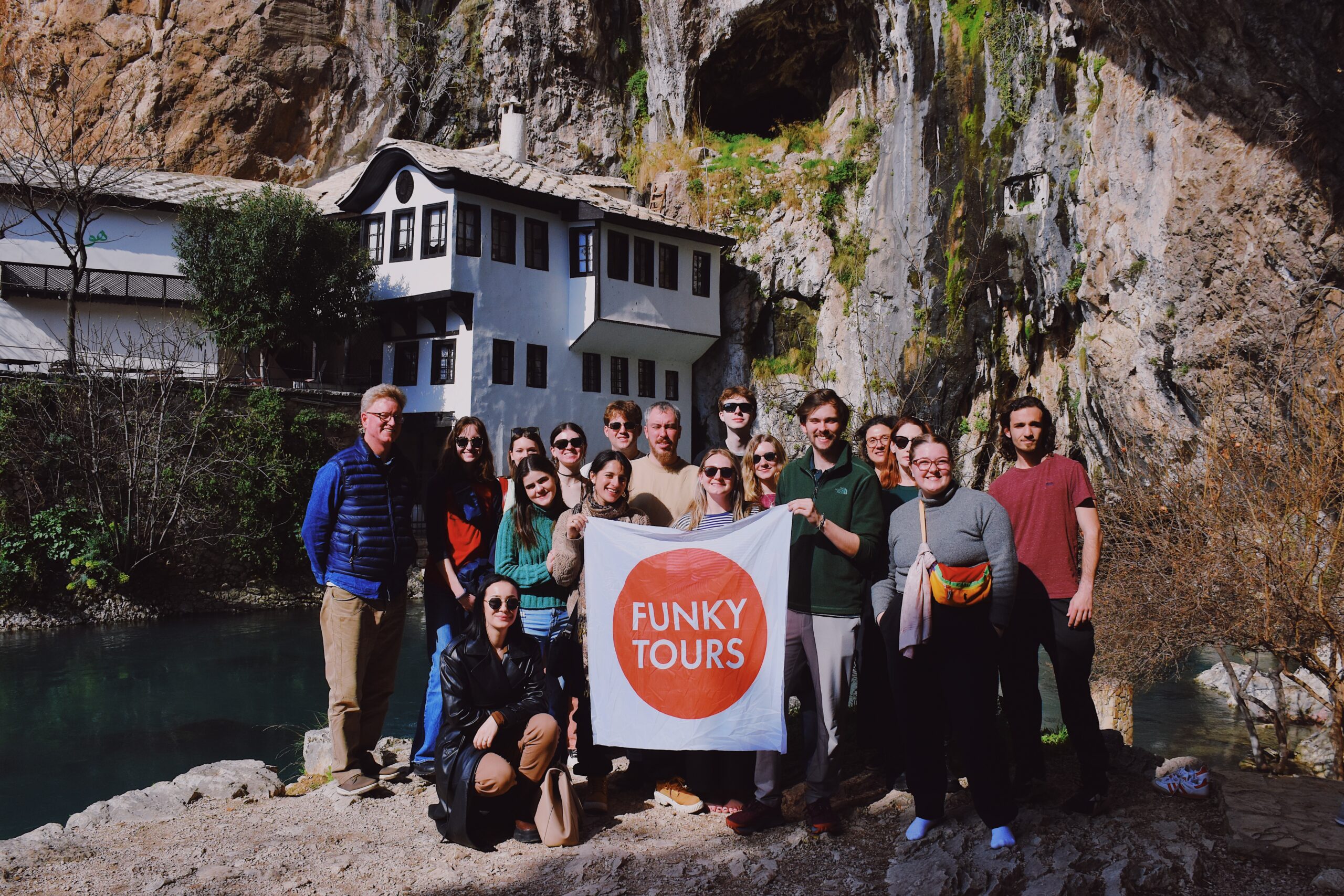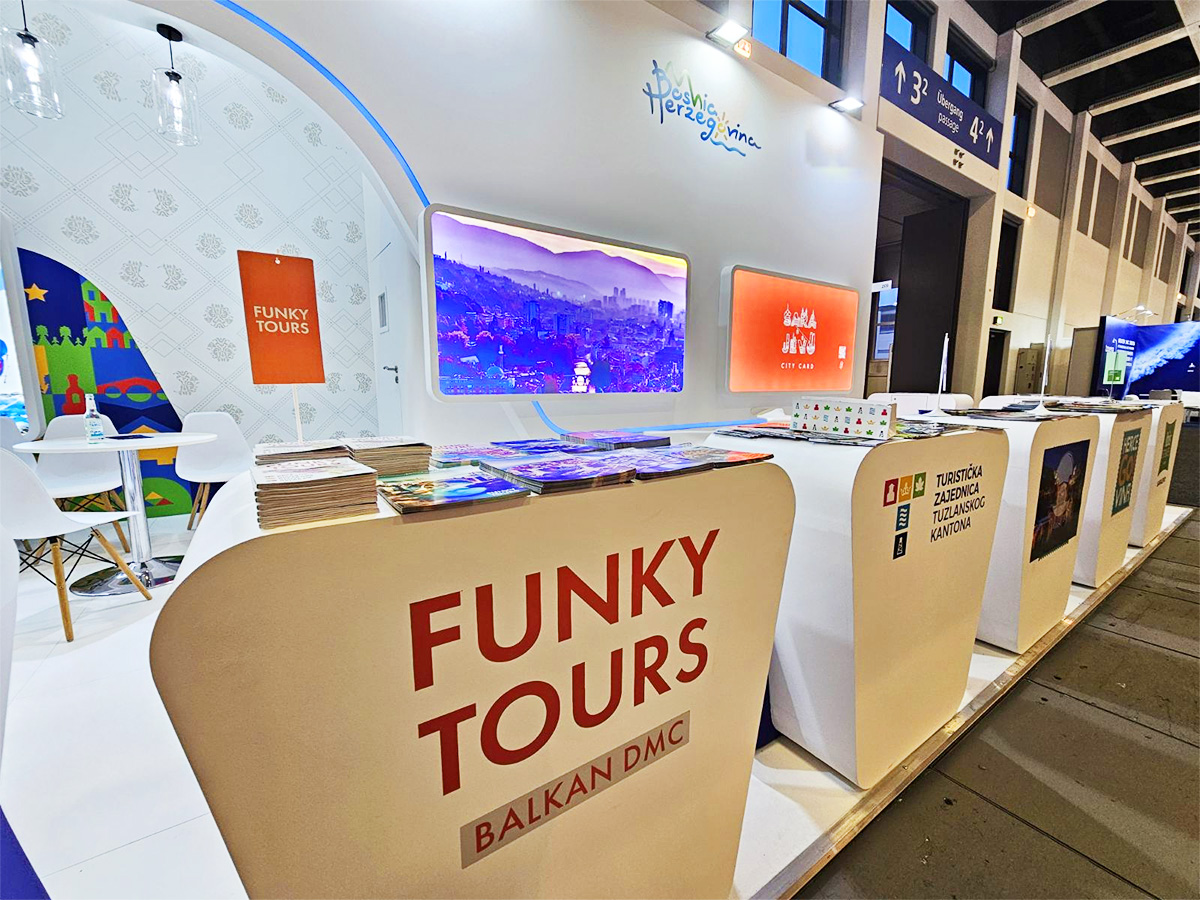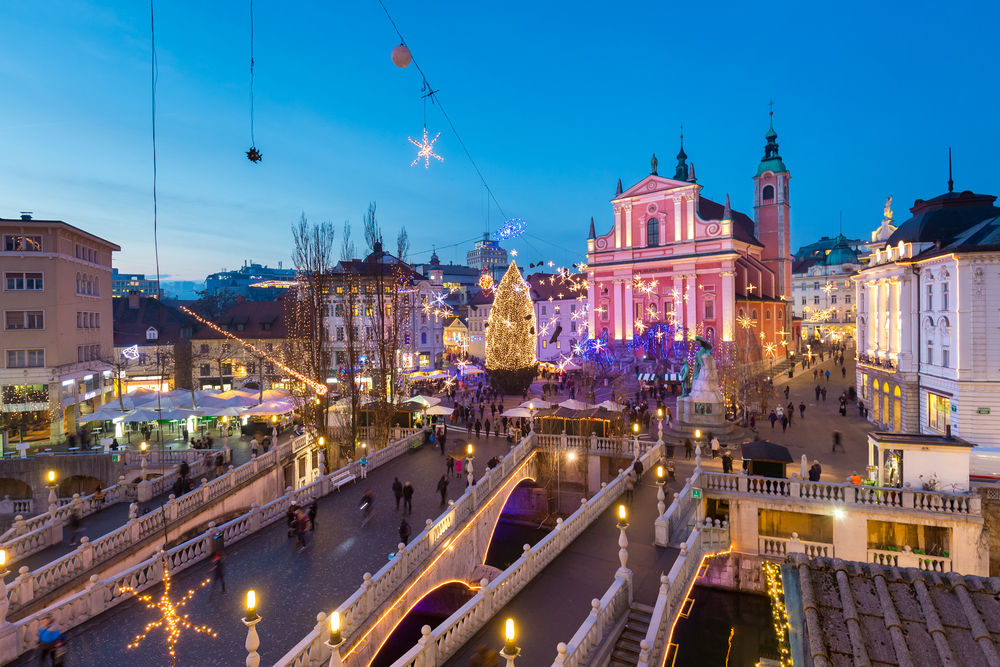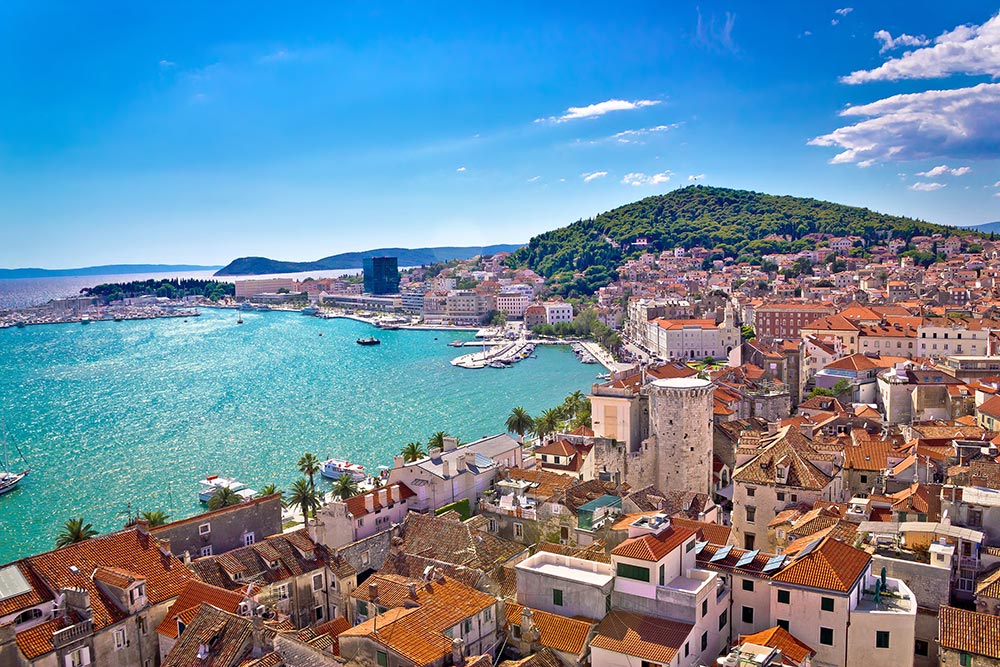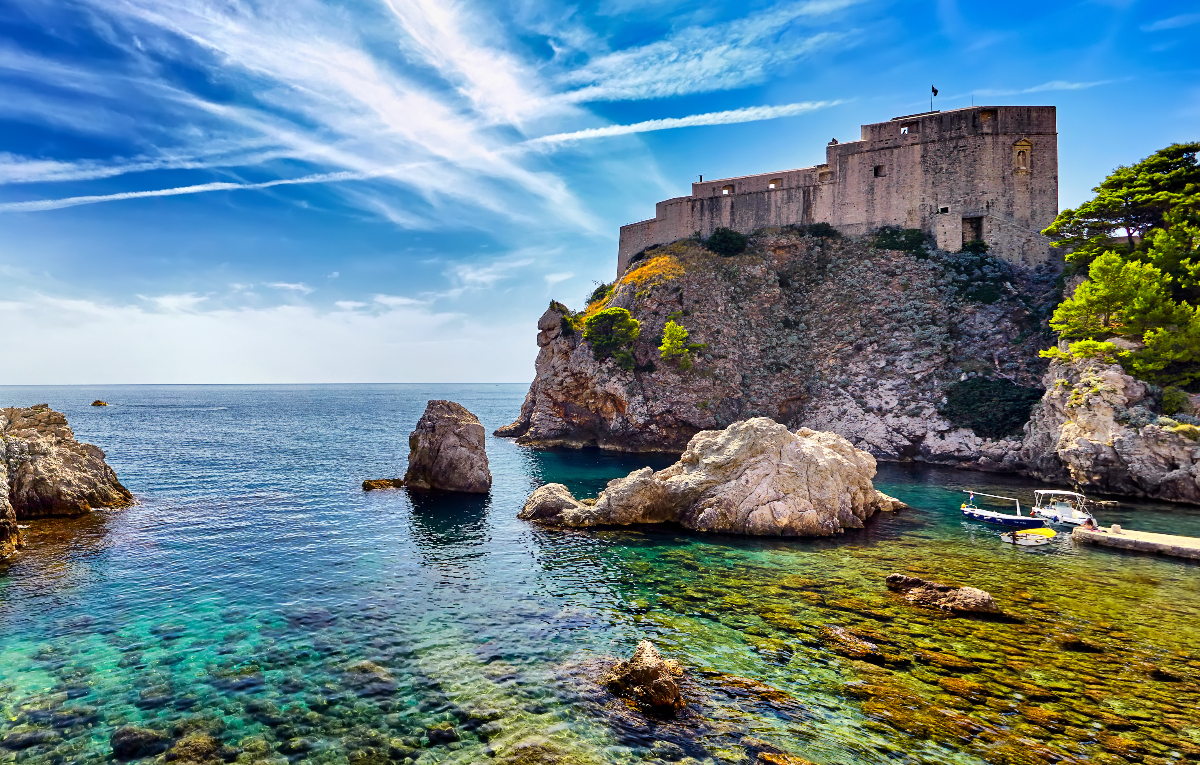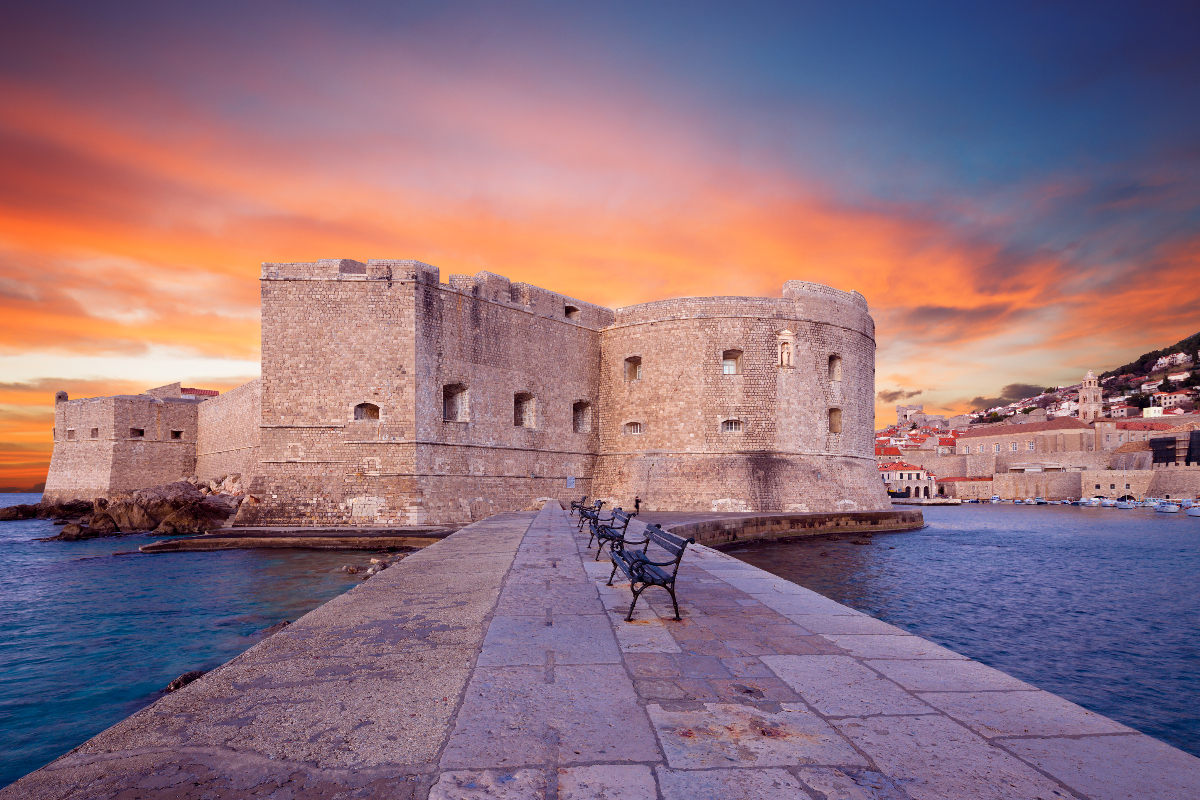In the early 1980s, Velika Kladuša achived the greatest economic prosperity in the history thanks to this factory. Bosanska Krajina didn’t have developed cattle breeding, agriculture was always on a higher level like plums, walnuts, chestnuts. Cereals were grown mostly in the river terraces of Una, Sana and Gomjenica rivers.
Nowadays it is generally on a lower level and there is no land consolidation. Forests are being turned into fields for agriculture, nevermind, mountains are rich with forest.
The mine potential of Bosanska Krajina is very big and usable in different industry branches. Mine Ljubija near Prijedor has 5 different districts with different metal ore. Ore for the chemical and construction industry is very spread around. For chemical industry ores like barite, manganese, bauxite are common deposits. Grmeč mountain is rich with bauxite, while Kozara mountain and municipality of Velika Kladuša have manganese deposits. When it comes up to the construction industry, deposits for gypsum, anhydrite, limestone, dolomite and quartz. The fun fact is that “BIHACIT” is a very strong and compact limestone found only in Bihać. The Wiena opera house was made out of “BIHACIT”.

